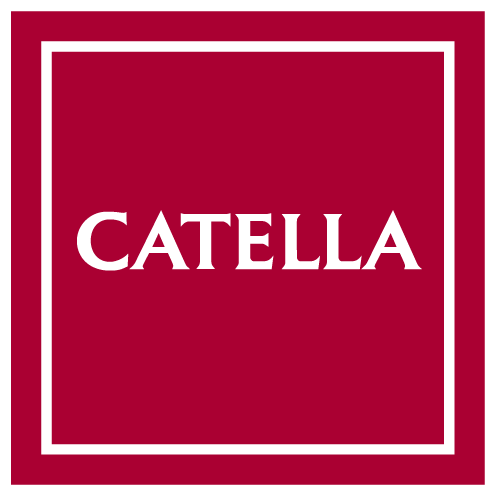In recent months, we have been reading a lot about increasing geopolitical risks on the markets. This is how it is felt, or at least this impression is reinforced, if you read the headlines superficially. Are the risks really getting bigger?
We believe that the spectrum of political uncertainty in Europe is tamed, but geopolitical tensions remain high, so let’s take a rather rational and sober view of the situation: The risks are currently priced in, which is undoubtedly reflected in the high price levels, especially against the background of a slight economic slowdown in Europe.
Key facts for this argumentation:
- The European real estate investment market was again very dynamic in 2019 and once again achieved a strong result. The total commercial transaction volume of all countries analysed by Catella achieved EUR 230.6 billion, a slightly increase of approx. 1.2 % compared to the previous year.
- In most European countries, the office sector was the most preferred asset class and investors are still highly seeking for core. The high demand is also reflected in further price growth with still decreasing prime net office yields to a current average value of 3.53 % (-22 basis points).
- Despite the slightly weakening economy in 2019, the European service sector and office employment have developed relatively positively, with demand in the occupier markets being mainly strong. In our 15 analysed major office markets, the average prime office rent increased by approx. 5 % to EUR 42.32 sqm/month.
- In addition to that, office vacancy rates declined further by approx. 50 basis points to 6.2 %, mainly due to low construction activity in the previous years and highly dynamic occupier markets with still strong demand for modern inner-city office spaces.
- Core commercial investments like offices, logistics and retail properties are still the most sought after, but demand towards value-added and alternative sectors like “living” or “operator properties” (residential, student housing, hotel) is continuously growing on a pan-European basis.
- During the year 2020, we still see high demand on the investment and occupier markets with still decreasing yields and rising prime rents in most major European markets. Currently there are no attractive yield/risk alternative assets compared to real estate, and the main refinancing rate is still at zero-level.
- When looking at the forecast horizon (2020 – 2024), alternative assets like government bonds predict to increase continuously in most countries, contributing to a lower yield spread compared to office properties. At the same time, prime office yields will remain stable and may even increase slightly.
- From a macroeconomic point of view forecasts mainly see positive GDP and unemployment development. Export trades still remain weak, primarily due to further uncertainty of the global trade war between USA and China.
However, the positive reasons cited should not relieve us of our responsibility to continue to channel capital flows into sustainable real estate investments. Precisely because we expect an increased allocation volume in real estate in 2020. Not even a virus stands in the way.
Download Catella Market Tracker Investment Market Europe 2020
